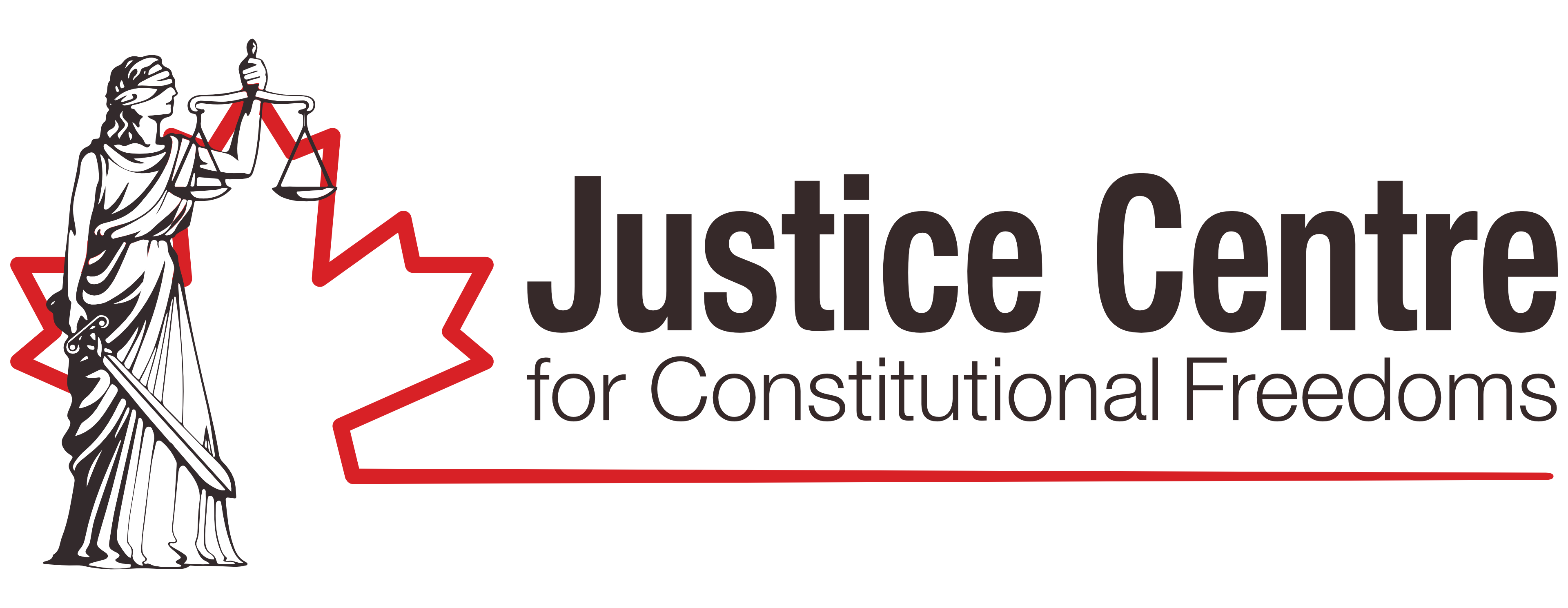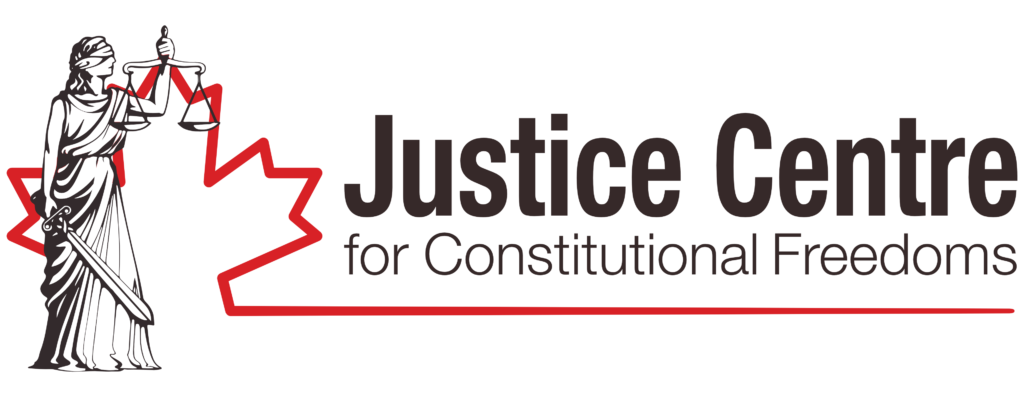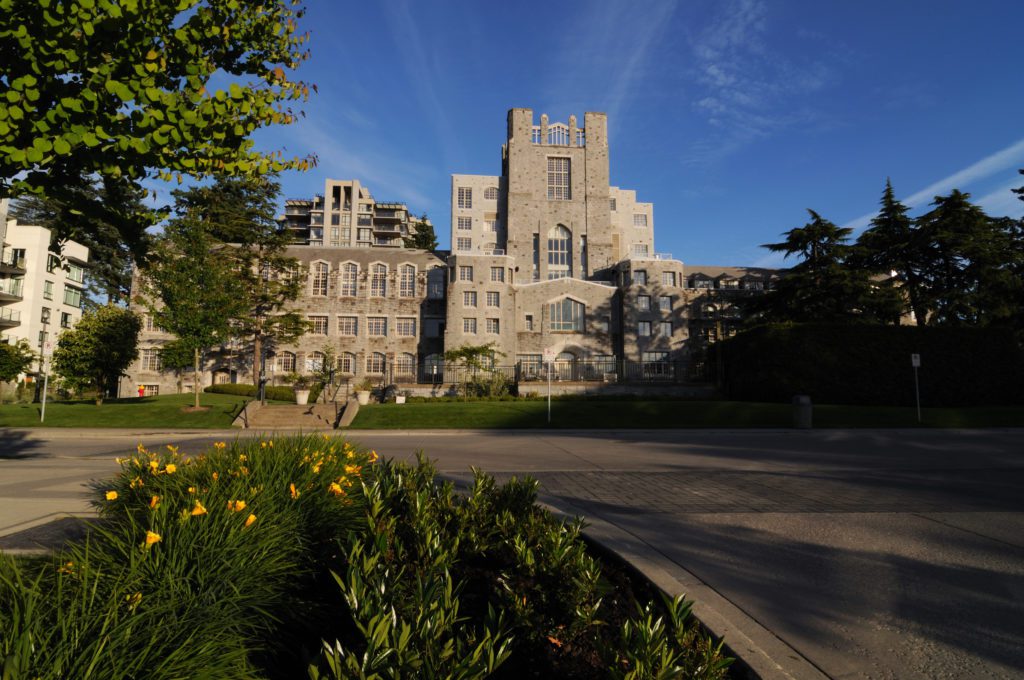The UBC campus club, Lifeline, has had to overcome many challenges since it tried to set up its first anti-abortion display on campus in 1999. UBC demanded $10,000 per day for “security” for the club to set up its controversial display, refused to allow the display in a busy, well-travelled area of campus, and insisted on the right to dismantle the club’s display at any time. All of these demands and conditions were imposed uniquely on Lifeline, and no other campus club.
In November 1999, the students managed to negotiate with UBC to set up only a very small display, which was attacked and vandalized by three leaders of the student union (Alma Mater Society). With the help of BC civil liberties lawyer Craig Jones, who is pro-choice and also a passionate defender of free expression rights, Lifeline took the three vandals to court, as well as the Alma Mater Society (AMS), in respect of measures that the AMS had taken against Lifeline. While largely successful, this court action did not ultimately determine or guarantee Lifeline’s free expression rights, in part because UBC had not been named as a party in the court action.
UBC continued to impose restrictions on Lifeline that were not imposed on any other campus clubs. For example, no other campus club was limited to setting up only one display per term, at only one location. No other campus club was required to comply with limits on the number of signs, or size of signs. Receiving only limited legal representation for most of the period from 1999 to 2011, Lifeline had no choice but to accept the “terms” imposed by UBC.
UBC did not honour its express promise that Campus Security would maintain a 32-foot “buffer zone” next to Lifeline’s display. The purpose of the “buffer zone” was to enable club members to engage in dialogue with other students. Those opposed to Lifeline’s message had complete liberty to express their own opinions, but they would not be permitted to censor Lifeline’s message by blocking or obstructing its display, or by shutting down dialogue among students. UBC made a commitment that Campus Security would uphold the rule of law on campus and allow for the free exchange and debate of ideas, but this commitment was not honoured by UBC.
On March of 2010, Lifeline’s small display was once again completely obstructed from view by a loud, disruptive mob of “protesters”, including UBC students as well as non-students. Campus Security – and later the RCMP – stood by and watched while Lifeline’s free expression rights were completely negated through mob censorship.
Later that same day, one member of this mob, UBC student Justine Spencer and president of Students for Reproductive Rights, boasted on Facebook about this successful censorship:
“Thank you to everyone who came out today, the protest was a huge success! All the pro-choice support has been heartwarming. Let’s keep it up as we make sure GAP doesn’t get here at all next year!”
Justine and others have no interest in debate. Instead, they seek to silence those who disagree with them.
Without legal representation, Lifeline had been facing bullying, intimidation, and mob censorship for more than a decade. Lifeline contacted the JCCF for legal assistance, and planned its next display on campus for March of 2011, using the same campus event booking forms and procedures used by all clubs.
On February 23, 2011, John Carpay wrote to Mark Crosbie, Associate Counsel to the University of British Columbia, explaining that Lifeline would no longer abide by discriminatory terms that were not imposed on any other campus club.
Several letters went back and forth between Mr. Carpay and Mr. Crosbie, after which UBC took a radically different approach from previous years. UBC no longer insisted on special restrictions on Lifeline’s expression on campus. UBC also warned those who were planning the obstruction and mob censorship of Lifeline’s 2011 display that such conduct would not be tolerated.
In the days prior to Lifeline’s planned event in March 2011, Lifeline president Ania Kasprzak informed UBC Campus Security of a Facebook post by Anna Warje, Vice-President of Students for Reproductive Rights, threatening disruption and obstruction of Lifeline’s planned event, that read:
“UBC is requiring us (SRR) to stay 30 feet from the display and not block or impede the display in any way. Last year, UBC tried to make SRR admin responsible for outside parties blocking the display, but I am not taking that shit this year. There is nothing illegal about blocking that display, and only UBC students are susceptible to “university discipline.” So…if you’re not a UBC student, don’t even pay attention to this bullshit. Or if you’re a UBC student who doesn’t care about the university’s disapproval of your conduct. But SRR club members, please adhere to these conditions so Justine and I don’t get raked over the coals. :)”
In response, Chad Hyson, Executive Coordinator to UBC Vice-President (Students), wrote to the president of Students for Reproductive Rights as follows:
“Hi Justine, I understand that you have applied for and received a booking from Classroom Services regarding this event. I want to clarify some points for you and the members of your group. The University is committed to the principle of freedom of speech. This includes an expectation that both Lifeline and Students for Reproductive Rights will be able to express themselves without inappropriate interference from others. Accordingly the University will expect both groups to respect the display of the other group. This includes erecting any signage within your assigned space and at a minimum of 30 feet away from the other group’s display. No restrictions on the dimensions of signage have been placed on either group.
The University will not condone placing signage in a manner designed to prevent the signage of the other group from being visible. No physical interference with another group’s display or persons will be tolerated. Similarly the University will not tolerate any attempts to impede pedestrian traffic, particularly to the other group’s display. All activities should be carried out in a respectful manner and no attempts should be made to drown out or physically overwhelm speech by the other group. Students groups, and all persons on campus, are expected to follow the directions of Campus Security or other University officials.
Lifeline has agreed to erect warning signs at the approaches to the display to inform pedestrians who may not wish to be exposed to their display.
The University will be monitoring the displays and may choose to follow up any inappropriate behaviour pursuant to its student discipline procedures.” [bold text added by the Justice Centre]
Lifeline’s event on March 10, 2011 was peaceful and successful. On March 11, Lifeline president Ania Kasprzak wrote to Tom Carroll and Paul Wong of Campus Security as follows:
“Hi Tom and Paul, I’d like to thank you both again on behalf of Lifeline for standing by yesterday and ensuring our safety and freedom of expression. GAP went exactly as we had hoped, and we’re pleased that students were able to engage and debate on such a controversial topic in a peaceful and protected environment.”
Tom Carroll, Operations Supervisor of UBC Campus Security, responded to Ania Kasprzak as follows:
“Hi Ania, I would like to thank you on behalf of Paul Wong, myself and everyone from Campus Security for your kind email. I would also like to thank you and all of your organizers for helping with making this a peaceful and successful event.”
On March 18, UBC wrote to John Carpay about the peaceful and successful March 10 event, noting that “prior to the event the University took steps to remind students of the University’s expectations regarding their conduct” (re: Chad Hyson’s letter to Students for Reproductive Rights), and that “the University was prepared to intervene in the event of any inappropriate behaviour.”
The approach adopted by UBC in March of 2011 serves as a positive model for the University of Alberta and other Canadian universities that condone mob censorship by failing to issue clear written warnings to those who are planning to engage in the intimidation, bullying, and silencing of opinions they disagree with.


